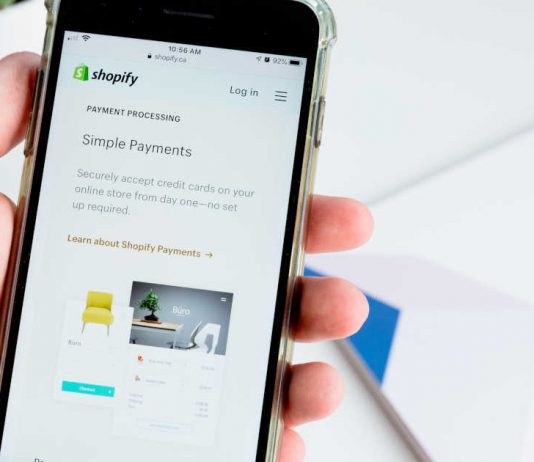Shopify has become one of the best and most accessible websites in the e-commerce industry. Thanks to its endless popularity, approximately 70% of online businesses use Shopify as their go-to website. However, this big deal might be relatively challenging for beginners who don’t know where to start or how to approach it.
Congratulations if you are ready to open a Shopify store! It may not be easy, but the rewards are worth the determination, effort, patience, and dedication. Feel free to talk to a Shopify professional or a successful Shopify store owner whenever you get stuck.
Let’s give beginners a comprehensive step-by-step tutorial to help them achieve their best.
Step 1: Business Plan
The first step in starting any online or physical business is developing a business plan to guide you. Regardless of the website you intend to use, a business plan acts as a guide in different areas. This includes how you intend to run your store.
Establish a strong business plan before opening an Shopify account. Your business plan must include the name of the store and the types of products you intend to sell. In addition, reference when to start, sources of capital, working hours, and if you will operate the store part or full-time.
Step 2: Create a Shopify Account
After you’ve developed a solid business plan, you can now create a Shopify account under the name you chose earlier. Creating a Shopify account is relatively easy, as you only need to sign up on the main website and follow the rest of the procedure. The website also allows eligible applicants to share a short story about their business which acts as a welcome to potential customers.
Step 3: Shopify Fulfilment Services
Since you now have a tutorial on starting a Shopify store from scratch, learning about Shopify fulfilment services is essential. This crucial component of Shopify business stores allows merchants to seek order fulfilment assistance from a third-party logistics company (3PL). With this company, a Shopify store can store its products, receive and package orders, and deliver them to customers.
However, some Shopify merchants may undertake Shopify fulfilment services through In-house fulfilment. Both options have unique benefits and drawbacks, making it the store owner’s responsibility to choose their best. Other services offered through Shopify fulfilment include real-time order tracking, multiple deliveries simultaneously, and returns & replacement management.
Step 4: Design a Shopify Account
While not mandatory, designing your Shopify account to fit various consumer needs will enhance your customer base and attract potential investors. The design incorporates user-friendly layouts, fonts, and themes, making the store more appealing.
This phase also entails incorporating various Shopify-friendly apps that make it easier for consumers to navigate through your ‘shop.’ Even better, you can engage a Shopify designer for more excellent UI design work.
Step 5: Add Products, Prices, and Relevant Discounts
The next step in becoming a Shopify store owner is adding products to your newly created account/store. This step involves posting high-quality images of your preferred products, accompanied by their prices and discounts where applicable.
You can also specify if the prices are negotiable or fixed. It’s also advisable to offer a short product description below each product, often including its class (in the case of categorical products), features, benefits, and other essentials.
Step 6: Specify the Mode of Payment and Any Applicable Taxes
Now that you’ve presented all the products you wish to sell to your upcoming audience, you can specify their mode of payment. This often includes PayPal or various credit cards. This reduces customers pay to the wrong account and enhances their shopping experience.
Even better, you can test your order page by placing and paying for an order from your Shopify account for further evaluation. You should also inform potential customers about any applicable taxes and the available delivery options for different products.
Step 7: Market and Start Selling
At this point, your Shopify store has nearly everything it needs to launch. However, it may not be easy to automatically attract customers without making your store known to them. Marketing involves publicizing your Shopify store before the world, hoping viewers will become customers.
The positive thing is that there are plenty of marketing techniques for your Shopify store. These techniques include social media marketing, Google ads, TV ads, content creation marketing, or influencer marketing. During or after marketing, a Shopify store owner should start experiencing engagement in their account with potential customers inquiring and buying the products.
Step 8: Review the Store Performance and Adjust Amicably
As with any other mode of operation, businesses started through Shopify should be evaluated after some time. Depending on your preferences, it could be after three or six months of operation.
The review is meant to notify Shopify store owners about any improvements their businesses require. You can also tag a professional business advisor in the review process, as they can offer more unbiased details accompanied by tips and advice.
